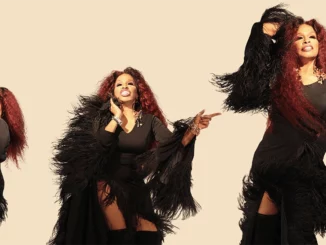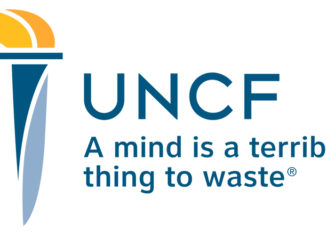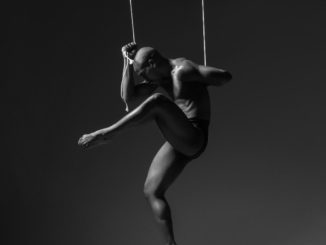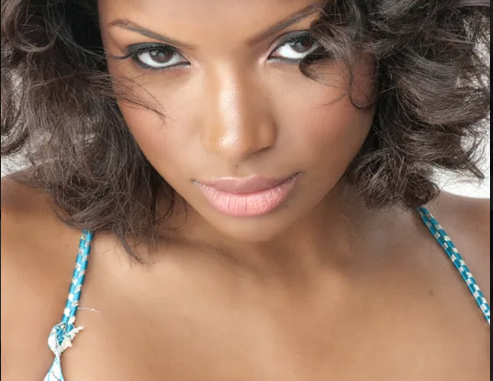
By Dr Brenda Greene, Founder and Executive Director, Center for Black Literature, MEC.
My Start-
My journey as a photographer began in college at Cheyney University, the nation’s first Historically Black College (HBCU). My first challenge was that I was a scholarship student and seafood vegetarian at a college where the main food stable was chicken, beef or pork. Having very little money and few choices for meals, I decided to use my photography skills and convinced the Sistahs to let me photograph them for $5.00. Thus, began my reputation as a photographer at the College.
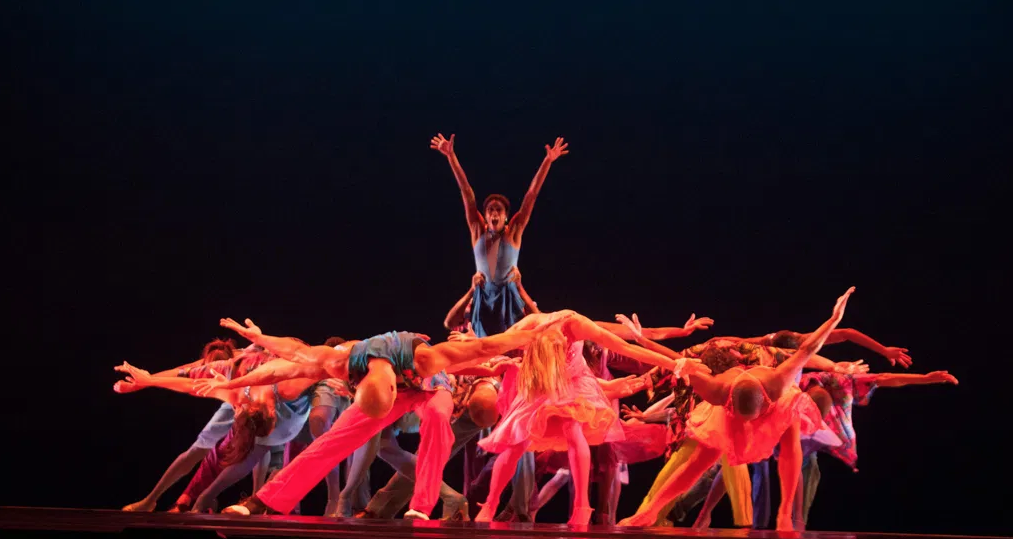
I started taking photographs for the college’s yearbook and newsletter. My college president was a photo buff and would invite me to the UNCF and other dinners so I could take photographs for the College’s newsletter. This was exciting for me since a majority of the big college organization dinners took place in New York City.
After graduating from Cheyney with a BA in Psychology, I worked as a counselor for a year in a SUNY affiliated school in New York City. While there I shot photos for the school’s newsletter and freelanced on the side as a photographer. Unfortunately, the SUNY position was dependent on state funds and I was eventually laid off and went on unemployment. My unemployment insurance ran out and then God brought me the blessing of the CETA Artists Project.
The CETA Artists Project was a federally funded employment program for visual, performing and literary artists. This was the second time in the United States where the federal government funded programs for artists. The first was the WPA. The newspaper ran an advertisement for 300 artists. You had to have a few years working experience, a college degree and your unemployment insurance had to run out. I knew I had this grant hands down. I had all the credentials to apply. There were 10,000 completed applications for the 300 artist positions. God was good!
I photographed for the CETA Artists Project for 2 and a half years. My photography varied. I shot architectural assignments of landmark buildings in the dead of winter in the south Bronx and curated Lehman College’s art’s organization, En Foco, Inc. I photographed the CETA’s residential artists in their residencies which included the Museum of Modern Art and The Kitchen in Soho. The Black Theatre Alliance nonprofit umbrella included dance companies such as Alvin Ailey, Chuck Davis and activities such as the first “Treat Yourself to Dance Africa”. I shot live dance performances for the Black Theatre Alliance and have been photographing live dance performances for over 30 years. I realized way back them I had to learn how to shoot video, because still images couldn’t capture all of the energy this Dance Africa was putting out.
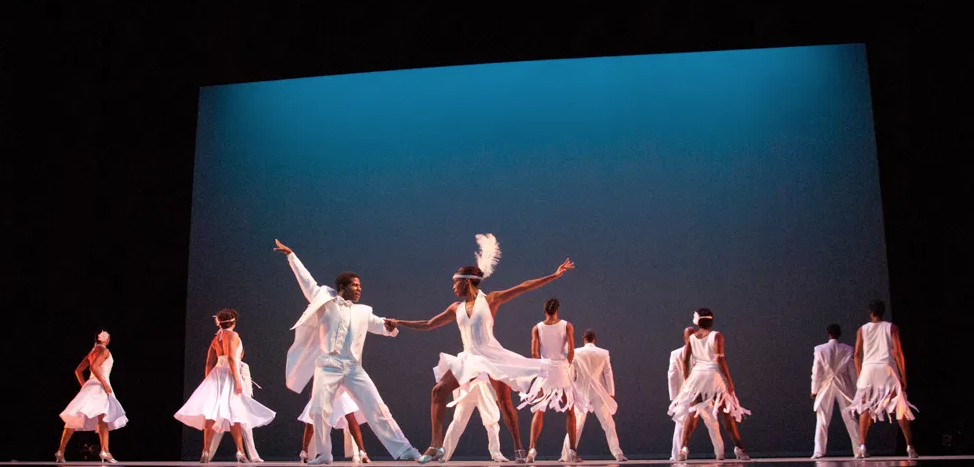
Over the last 30 years I have studied with professional and commercial photographers such as Larry Stewart, Hugh Bell, and Peter Kaplan. I learned commercial still life photographing of jewelry, diamonds and stamp gold earrings from Larry Steward and shared space with Hugh Bell at his studio for a number of years. In the early 80s, I became the first staff African American catalog photographer in the entire state of New Jersey for a catalog company and worked for this commercial for color printing catalog company for a year.
In the mid-eighties I stepped out on my own and got my first studio in a co-op loft building on 42nd Street between 10th & 11th Avenues. My next loft was in Tribeca where I lived for 18 years and raised my two children with my first wife.
Notable Clients
Some of my notable clients have been AT&T where I photographed Whitney Houston as the True voice for AT&T and NYNEX which formed from the breakup of AT&T. I was a photographer through all of the mergers of the Baby Bells and shot two advertising campaigns for Verizon for through the Burrell Advertising company. My first ad was with the Senior Manager, Chair and Vice Chair of the Board, and other senior members of Bell Atlantic. My next advertisement was with the 16 most powerful African American female executives in Verizon worldwide. I also used the photographs from the shooting to design and create a hardcover coffee table photo book. For this shooting, I hired a female photographer/assistant who could photograph the women while they were being transformed into high fashion looking executives by the six makeup artists and stylists.
I’ve shot executive portraits for Fortune 100 companies and photographed heads of state and numerous celebrities.
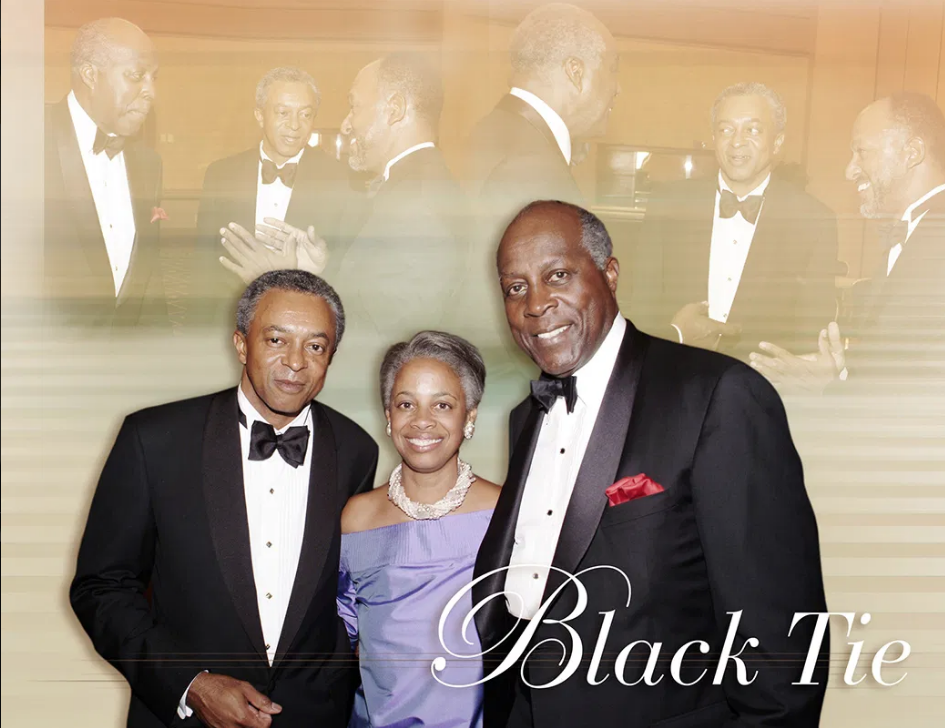
Mr. Vernon Jordan’s 80th birthday on Martha’s Vineyard Island was a momentous photographic occasion. In attendance were President Obama, Mrs. Obama and their daughters, President Clinton, and Senator Hilary Clinton. Senator Clinton had won the nomination as the first female democratic nominee for President of the United States.
I had to take the high-speed ferry to Martha’s Vineyard by myself with my location studio strobes, umbrellas, etc. in order to photograph location family portraits at Mr. Jordan’s country club, the VIP reception, and the birthday party that included many VIP’s. I also designed and created an 80-page hardcover coffee table book for Mr. Jordan. He loved the book and ordered 20 copies.
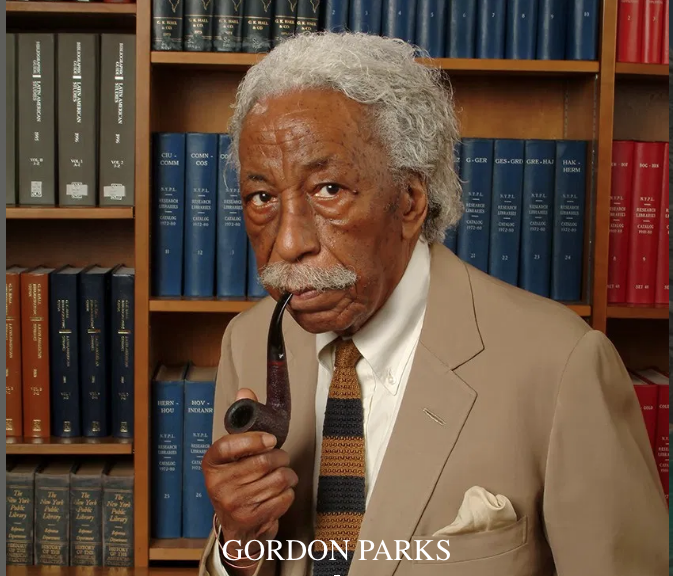
Gordon Parks Jr. was one of the photographers I admired. I photographed Mr. Parks a number of times and had the honor to shoot the production stills for this film called “Unstoppable with Gordon Parks Jr, Melvin Van Peebles, and Ossie Davis.
To sit and listen to Mr. Parks and these living legends talk about their careers was totally unreal for me. To listen to Mr. Parks talk about all of his firsts and in the time of Jim Crow was totally motivating to me. To have my image become the movie poster for “Unstoppable” was icing on the cake
Featured and Published Work
I have worked as a corporate/editorial photographer for over 30 years. I’ve photographed for Newsweek, Japan News-Week, The Sunday London Times, Forbes Fortune Magazine, The New York Times and Black Enterprise. I’ve also shot for record companies for many years.
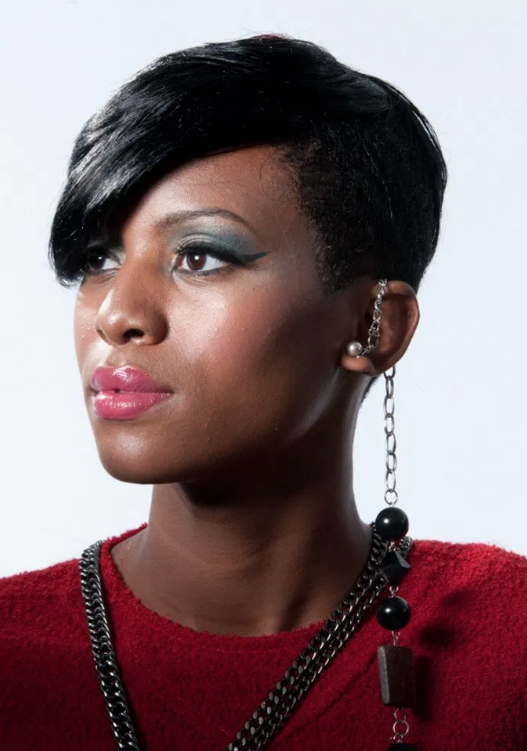
Favorite Cameras
My favorite camera use to be my 8×10 and 4×5 Sinar view cameras. I used these cameras to shoot my jewelry product shots. I also loved shooting all of my executive portraits with my 2 1/4 x 2 1/4 Hasselblad.
I shot with Nikon film cameras for years until I was able to afford a digital Nikon camera.
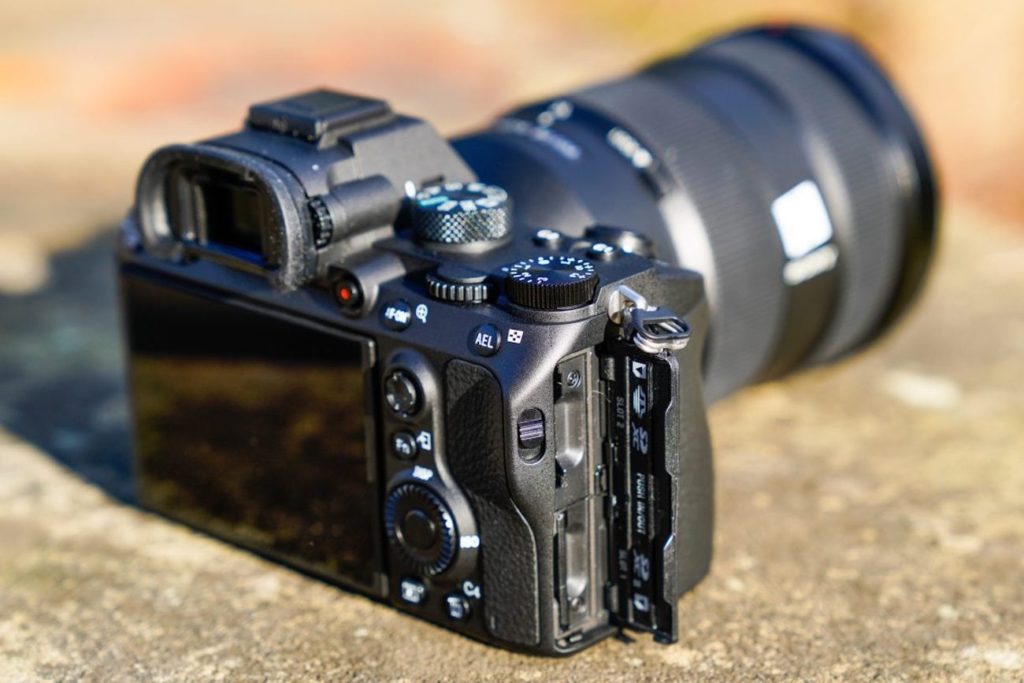
I’m currently shooting with a Sony A7111 full frame mirrorless camera. I love being able to shoot on video productions and not make a sound or to shoot at a board meeting and be the fly on the wall. I don’t want anyone saying, “Could you please tell the photographer to stop shooting?”
How the Industry Has Changed
Years ago, we use to build and design our own light banks. Then companies started using this sailing material and creating light banks to use instead of these homemade light banks
I used to scan my slide images with a 4×5 leaf scanner. Then digital cameras became more affordable. The killer to the photography industry was the iPhone. This changed everything. Along with the iPhone, came digital point cameras.
Eight years ago, I decided to do a push through the Apple One to One program to learn video editing using Final Cut Pro, 3D Motion Graphics using Motion5 and audio editing using LogicX. I’ve been creating multimedia presentations and shooting and editing video for the past 8 plus years.
My Style
I had a very young face when I started as a photographer. I couldn’t seem to get any respect because I looked so young to many of these art directors. I decided I had to focus on an area of photography which would make these art directors respect me more.
I decided I would start shooting something extremely difficult, like photographing diamonds and jewelry products and the designs of interior designers. I photographed one interior designer’s interior which actually required me to photograph in a glass box. He would take the 4×8-foot panels of glass, spray paint the glass panels, and put them up as his wall in his interiors.
Since I didn’t have the kind of money to purchase studio strobe lights, I shot a lot outside. This meant I had to deal with the conditions of the weather. It might rain and there would go your shooting. When I was able to purchase my own studio lights, I was able to make my studio lighting look like natural day light.
I’m not intimidated by very powerful executives and have been photographing executive portraits for major corporations for over 30 years. I have photographed three American presidents, a number of Board Chairs, and CEO’s. I tell whomever I’m photographing that I’m there to make them look good.
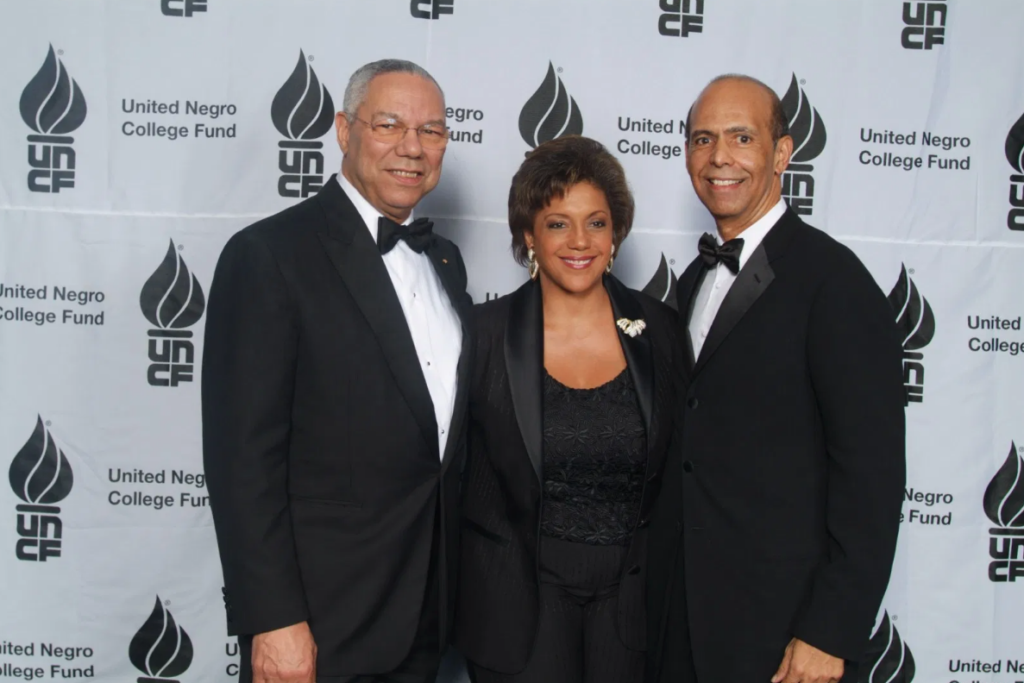
Plus, I have always identified the power of lighting and the way lighting shapes objects from perfume bottles to a beautiful woman or a strong executive. I used to photograph a series of African American female nudes. I had Black women purchase my work because they would say they never saw Black women like this.
I’m not your normal photographer who feels their view is the ultimate view. I work with my subjects. I will show them my images of them and I tell them we are working together. I tell my subjects I will see when their mask comes down and the real person presents himself or herself to me. It is then that I will have my image of them.
As I think about my continuing journey, I see myself shooting and creating more video projects. I am currently editing video and creating sizzler reels. I like telling stories and it is my hope and desire that the video and film industry will take advantage of my 30 plus years of lighting.
Finally, I plan to start creating more photographic books of my past work.



